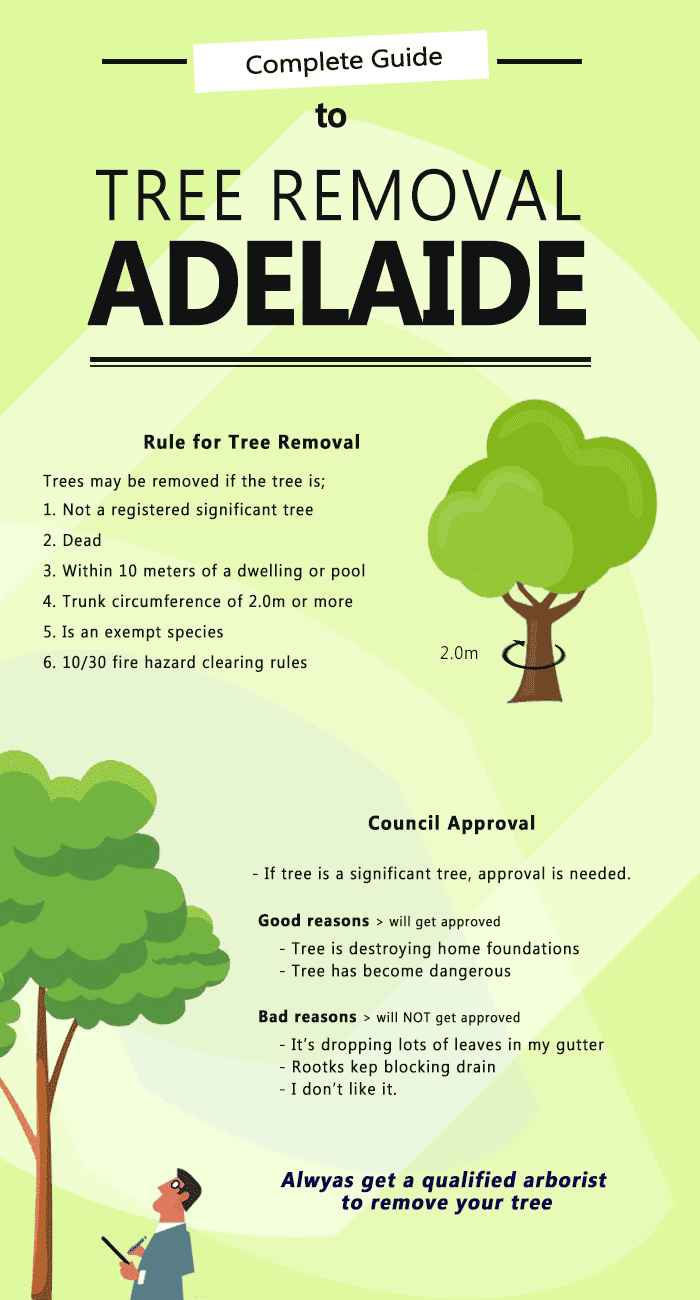Signs It's Time For Tree Elimination: Just How To Identify Harmful Trees
Content By-Velling Goodman When it involves tree care, identifying the indications that it's time for removal is crucial for your safety and property. You may discover stained leaves, wilting branches, or strange fungal growths suggesting health issue. Architectural issues, like a considerable lean or fractures in the trunk, can also present dangers. Understanding these indication can aid you make educated choices regarding your trees and prevent possible threats lurking in your yard. What should you search for next?
Indicators of Degeneration and Disease
When you notice indicators of decay and illness in your trees, it's vital to act swiftly. Try to find discolored leaves, wilting branches, or unusual developments like fungi. These can indicate that your tree is struggling. If you see fractures in the bark or soft, mushy timber, these symptoms suggest internal decay. Additionally, an abrupt rise in pests around your tree can indicate that it's compromised and at risk. Look for any kind of dead or passing away limbs, as they present a risk to your building and security. If you're uncertain concerning what you see, seeking advice from an arborist can give clarity. Dealing with these indicators early can conserve you from a lot more comprehensive damage and ensure the wellness of your lawn. Do not wait till it's far too late.
Structural Instability and Leaning
As you observe your trees, watch out for any type of indicators of architectural instability or leaning. If a tree leans substantially, it may show that the root system is jeopardized. Look for any type of splits in the trunk or soil around the base; these can signal prospective failure. In addition, check for unusual development patterns, like an uneven crown, which might suggest that the tree is having a hard time to hold itself upright. If you observe that the tree leans toward your home, high-voltage line, or various other frameworks, it presents a better danger. Don't disregard these signs— speak with an arborist to examine the circumstance. Taking action early can prevent costly damage and ensure your security.
Dead or Dying Branches and Vegetation
If you discover dead or passing away branches and foliage on your tree, it's a clear sign that something's incorrect. https://www.google.com/maps/uv?pb=!1s0x87695392e3f6d517%3A0xc91102aef5ddf5d8!5sPrecision%20Timber%20Felling!15sCgIgARICEAE&authuser=2&imagekey=!1e10!2sAF1QipOIML57wJ8PNJKKZa0D2XCsPFVlrr2q0rko34tH can show underlying problems like illness, bug infestations, or ecological stress and anxiety. When branches lose their leaves or transform brown, they're no longer adding to the tree's health and wellness. Disregarding these indicators could lead to additional decrease, making your tree a lot more unsafe. Dead branches can conveniently break off during storms, presenting a danger to residential or commercial property and individuals close by. https://www.housebeautiful.com/room-decorating/outdoor-ideas/g26291355/pool-house-design-ideas/ to evaluate the extent of the damage. If the issue influences a substantial part of the tree, consider getting in touch with a professional. They can aid determine if removal is essential to make sure safety and security and preserve the beauty of your landscape.
Conclusion
If you observe any indications of decay, structural instability, or dead branches on your trees, do not disregard them. These indicators can posture severe safety and security dangers to you and your building. It's constantly best to consult a professional arborist who can offer a professional analysis of your trees. Doing something about it early can protect against mishaps and costly damages, ensuring your landscape remains risk-free and healthy. Bear in mind, it's better to be proactive regarding tree care than to wait on a calamity to take place. 